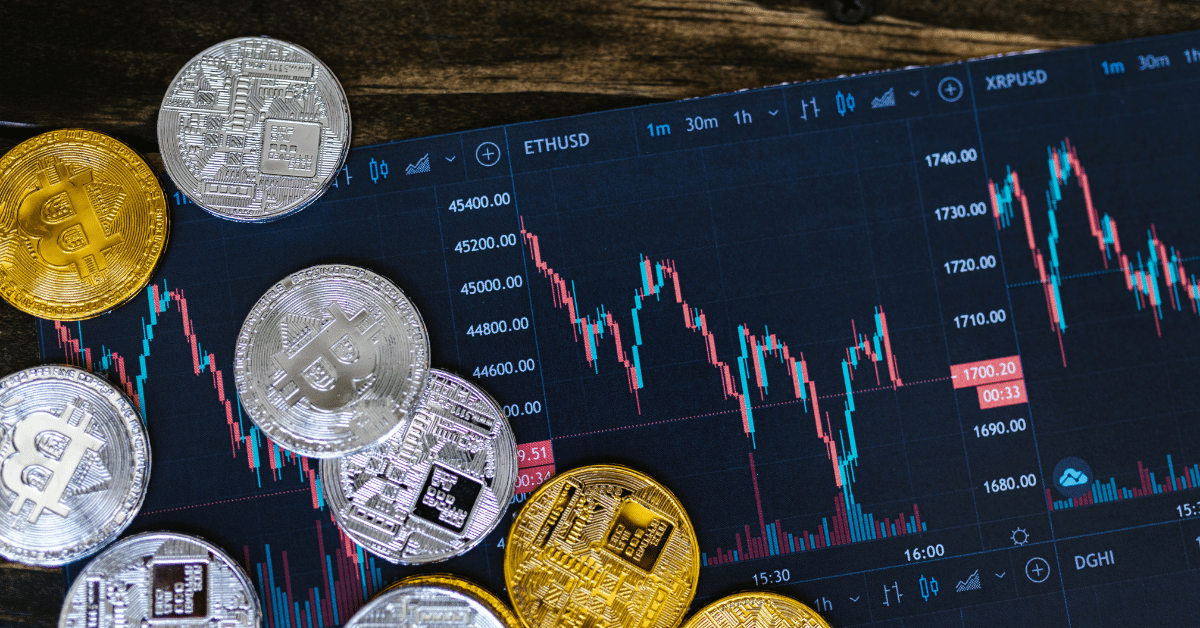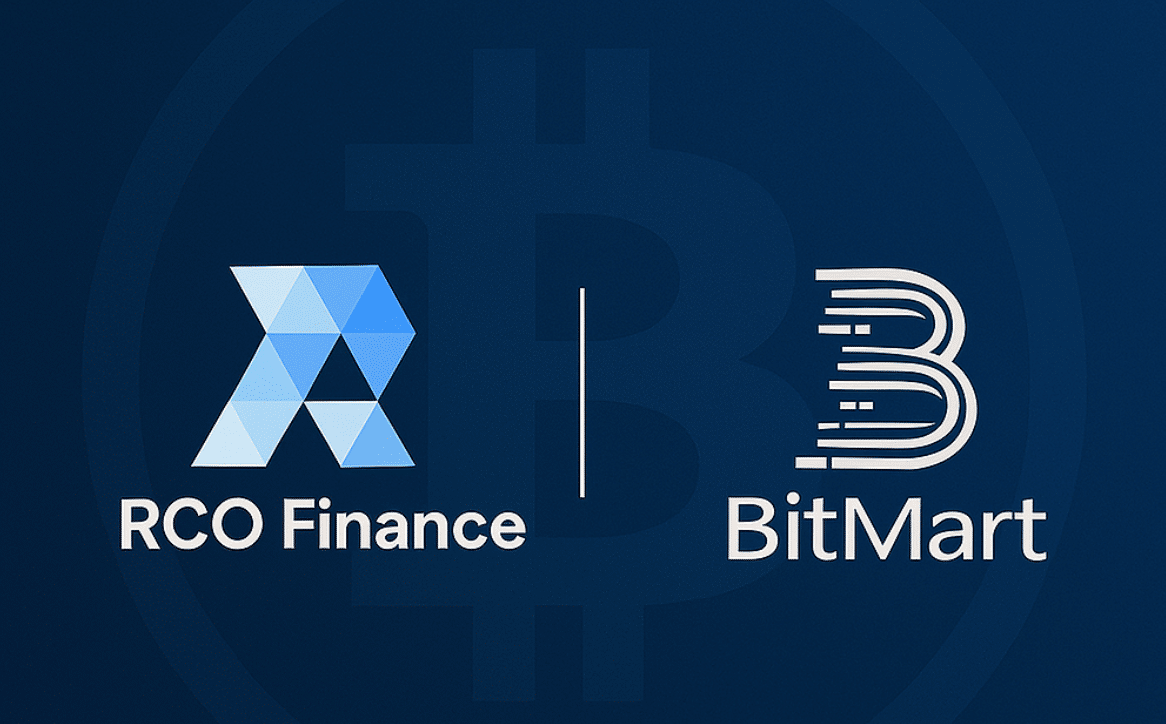Introduction
Crypto spot trading is the most direct and widely used method of trading cryptocurrencies. It involves buying and selling the actual digital asset, such as Bitcoin or Ethereum, for immediate settlement. Unlike futures or margin trading, spot transactions are simple: you pay the full price upfront, and ownership of the asset transfers instantly.
This simplicity makes spot trading the foundation of the entire crypto market. Whether you’re building a long-term investment portfolio or executing short-term trades, understanding spot trading mechanics is essential before moving on to more advanced products like perpetual futures or leveraged margin trading.
What Is Spot Trading? Spot Trading Explained
In crypto spot trading, you purchase or sell cryptocurrency at the current market price (spot price). Once the trade is executed, settlement occurs almost immediately, and the asset is transferred to your exchange account or wallet.
Spot markets are transparent — prices are determined by real-time supply and demand between buyers and sellers.
Key order types in spot trading:
- Market orders: Buy or sell immediately at the best available price.
- Limit orders: Set your own price and wait until the market reaches it before execution.
- Stop orders: Trigger a buy or sell once the price crosses a specific threshold.
Spot vs Derivatives Trading:
- Spot trading: Direct ownership of the asset, no expiration dates, and no funding rates.
- Futures or margin trading: Speculation using leverage without directly owning the asset.
How to Trade on the Spot Market: Step-By-Step Guide
- Register on a crypto exchange and complete KYC/AML verification for security and regulatory compliance.
- Fund your account with fiat currency (via bank transfer, debit/credit card) or crypto deposits from an external wallet.
- Navigate to the spot market and choose your preferred trading pair (e.g., BTC/USDT).
- Select your order type (market, limit, or stop) and input the trade size.
- Confirm the trade and monitor execution on the order book.
- Manage your portfolio by tracking prices, setting alerts, and making timely decisions to buy, sell, or hold.
- Withdraw to a secure wallet if holding long-term to reduce exchange risk.
Spot Trading for Beginners: Tips and Common Mistakes
Beginner-friendly strategies:
- Buy-and-Hold (HODL): Purchase and hold an asset long-term, riding out market fluctuations.
- Dollar-Cost Averaging (DCA): Invest a fixed amount at regular intervals to reduce the impact of volatility.
- Swing Trading: Buy during short-term dips and sell during rallies.
Mistakes to avoid:
- Trading illiquid tokens with high slippage.
- Ignoring trading fees and spreads.
- Over-concentrating in a single coin.
- Skipping stop-loss orders, leaving positions exposed.
Crypto Trading Basics You Need to Know
- Order book: A dynamic list showing active buy and sell orders for a trading pair.
- Liquidity: How easily a crypto asset can be bought or sold without impacting price significantly.
- Slippage: The gap between expected and executed trade prices, often higher in low-liquidity markets.
- Fees: Maker/taker charges for executing trades, plus withdrawal fees.
- Volatility: Rapid and unpredictable price movements that create both opportunities and risks.
- Fiat onramp: The process of converting government-issued currency into crypto via an exchange.
Platform Features to Consider for Spot Trading
When choosing where to trade spot crypto, beginners should look at:
- Security: Two-factor authentication (2FA), cold storage of funds, and insurance coverage.
- Supported Assets: A wide selection of trading pairs increases opportunities.
- User Interface: Mobile and web platforms should be easy to navigate.
- Wallet Integration: Built-in wallets simplify storage and transactions.
- Fee Structure: Transparent and competitive pricing.
- Demo Accounts: Practice trading without financial risk.
Top Crypto Spot Trading Platforms: Features and Comparison
Loading Sheets. Please try again after it’s finished.
Why Bitunix stands out: It offers one of the largest selections of trading pairs in the industry, integrated Bitunix Earn for generating passive yield on idle assets, advanced analytics for tracking market trends.
Best Practices for Safe and Effective Spot Trading
- Secure your account: Use 2FA, strong passwords, and withdrawal whitelists.
- Diversify your investments: Spread across multiple coins to reduce overall risk.
- Avoid emotional trading: Stick to a plan and avoid reacting to market hype or panic.
- Start small: Begin with small amounts until you fully understand market mechanics.
- Monitor fees and market conditions: Regularly review the impact of fees and adjust strategies as needed.
- Stay informed: Follow credible crypto news sources to keep track of regulatory changes, new listings, and market trends.
FAQs
Q: What does spot trading mean in crypto?
A: It means buying or selling a cryptocurrency for immediate settlement at the current market price.
Q: How is spot trading different from futures or margin trading?
A: Spot trading involves direct asset ownership, while futures/margin trading involves contracts and leverage without direct ownership.
Q: Can beginners make profits trading spot?
A: Yes, with a solid strategy, risk management, and patience.
Q: What are common fees in spot trading?
A: Exchanges charge maker/taker fees, usually 0.1%–0.5% per trade.
Q: How do I stay safe while trading crypto spot?
A: Use regulated exchanges, enable 2FA, avoid phishing links, and secure your wallets.
Conclusion
Crypto spot trading is the easiest entry point for anyone looking to participate in the digital asset market. It allows traders to directly own crypto, avoid the complexities of leverage, and focus on building a diversified portfolio.
Platforms like Bitunix give traders an edge with a huge selection of trading pairs, advanced analytics, robust security, and demo trading features—all in a seamless interface. With the right strategy and proper risk management, spot trading can be both a learning tool and a profitable part of a broader crypto investment approach.























